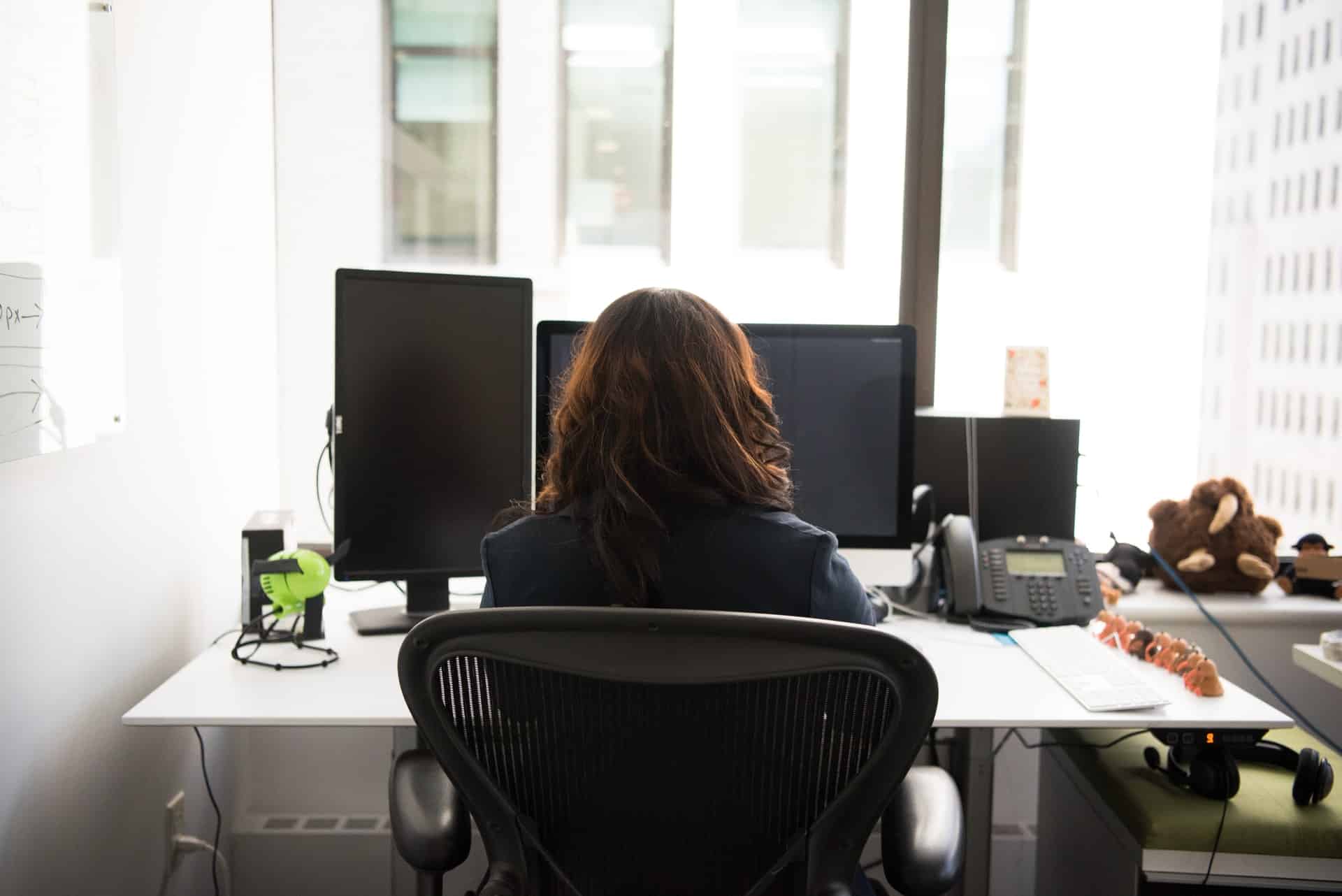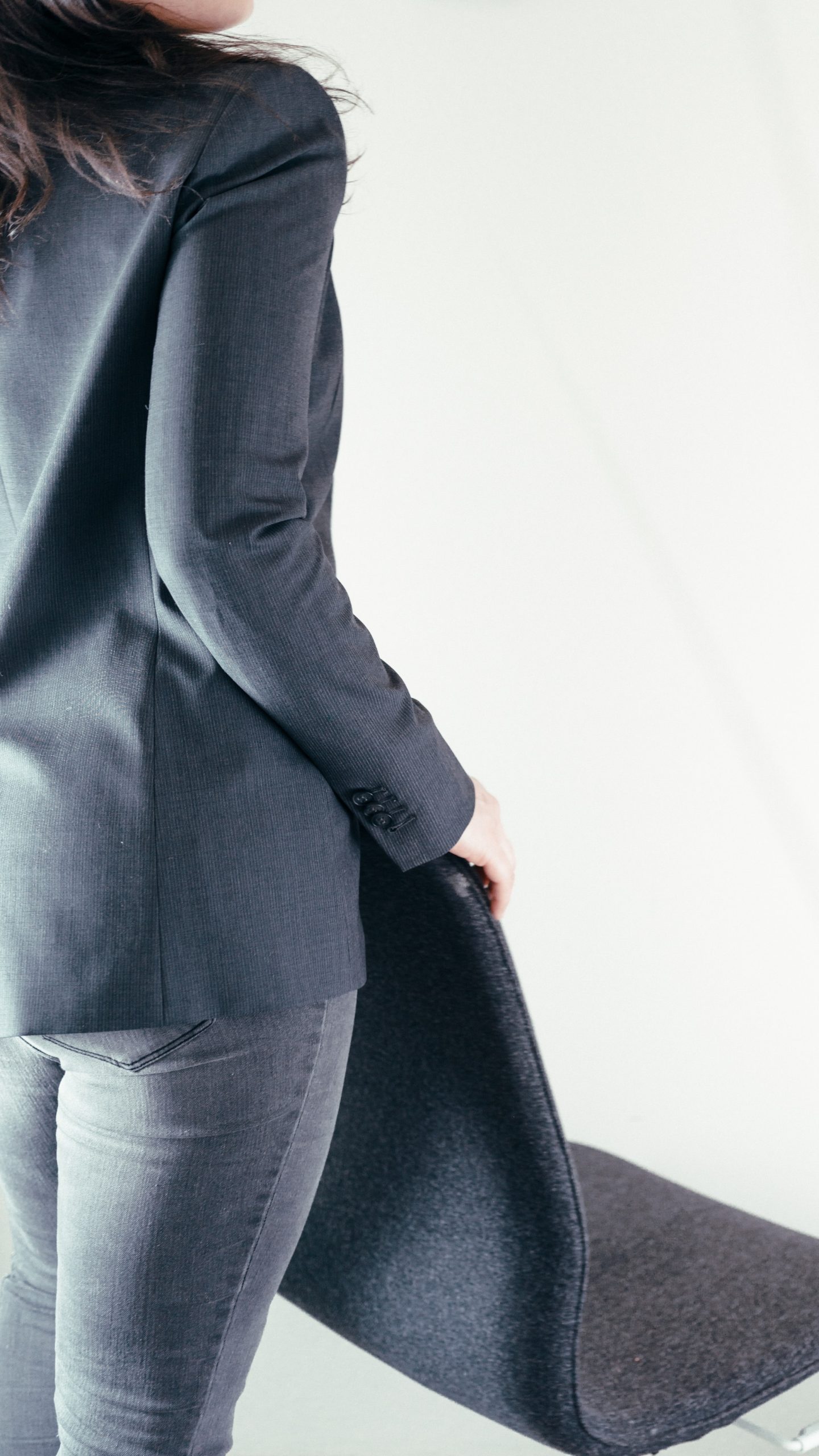Back pain is excruciating and exhausting in the way that it holds people back, literally, from being able to follow through with normal activities without experiencing agony. But back pain is not just intensely unpleasant; it is also a common issue that has multiple methods, with approximately 80% of people in the United States dealing with it in some form during their lifetime.
When the lumbar region, or in other words the lower back, suffers, then lumbar cushions are an economical option for people coping with pain. While we continue to be conditioned to spend relentless hours in front of our computers and digital devices, these extended periods put an abusive amount of stress on spines and tailbones. But with the support from lumbar cushions, ease and prevention can become positive alternatives.
Let’s concentrate on five improvements to your posture that can be realized from a back pillow for chair use.
IMAGE: UNSPLASH
Good Posture Defined
Your nerves, bones, joints, nerves, muscles, ligaments, and tendons make up your musculoskeletal system. There happens to be an S-shaped curve in your spine that makes it possible for it to keep your nervous system secure, absorb shock, and give stability and flexibility when your body moves. How well your spine can function depends on it being kept in correct alignment.
This is where good posture comes into play, and it is achieved when your muscles, joints, and bones are aligned properly to allow the ideal amount of mobility and stability. Your upright balance also depends upon your muscles being able to work efficiently against gravity.
Why Is Good Posture Important?
Proper sitting posture keeps the joints of the spine, shoulders, hips, and knees correctly in alignment. Your chin shouldn’t be jutting forward; it needs to be tucked in. Achieve this by gently putting your chin into the front of your neck and maintaining your gaze parallel to the ground.
Next, your chest should be lifted, and shoulders need to be pulled down and back. Avoid hunching your shoulders up near your ears. Push your shoulder blades together to the best of your ability, and then relax to about half of the degree of what you did previously.
There should be a small curve in your lower back, and it shouldn’t be flattened completely because it will create a C-shaped curve in the spine, which is not ideal. Be sure that you are tilting your pelvis forward slightly.
Consequences Of Bad Posture
Let’s take a look at five main ways your bodily functions can be interrupted by having bad posture:
Lung Capacity
When you are frequently sitting in a slouched position, you are unfortunately limiting the maximum work capacity of your lungs as well. This problem occurs because the rounded position of your upper back limits the space that the diaphragm has to expand and contract every time you take a deep breath.
In other words, when you remain seated with bad posture, you are unable to breathe as deeply as when your posture is good. Keep in mind that not breathing deeply enough can cause your body to not receive enough oxygen to heal, restore, and replace cells.
Headaches
Poor neck posture results in headaches due to the neck muscles having to work harder in order to support the head. Jutting your chin forward in order to get a better view of a computer screen means that the neck muscles have to adapt in order to support this position, resulting in muscular tightness that can contribute to tension headaches.
Poor Circulation
Poor circulation can pop up from having blood vessels constricted when sitting in poor posture. The next step after this can end up being your muscles and organs not receiving a sufficient amount of nutrients to replenish the ones that have already been used. To make matters worse, the results can also be varicose veins and life-threatening clot formation.
Muscle Strains
Muscle strains can take place in the body when you sit in a bad position for lengthy periods and can build up over the course of time in such a way that you don’t notice until suddenly a muscle starts hurting. This unfortunate situation is called repetitive microtrauma, with some common areas of muscle strains being in the upper back, lower back, and neck.
Heartburn
Every time your head moves out of proper alignment, pressure is being added to your spine and is putting unnatural curves in your back. Poor posture can even lead to heartburn because slouching puts pressure on your abdomen and can make stomach acid travel in the wrong direction.
At Work
Placing your back cushion on your office chair to sit up straight, feel comfortable and improve productivity, especially when working from home, as it is much easier to be distracted during the workday. With a gel-infused memory foam seat cushion, you’ll never want to leave your chair.
While Traveling
Back pillows are ideal for long car rides where the desire to slouch can easily occur without even realizing it. During these periods of remaining still while your vehicle is in motion, having proper posture becomes extremely important to alleviate discomfort.
Easier Use Of Backpacks
Hiking with heavy backpacks can begin to pull on the muscles in your lower back, causing tension and spasms.
While backpacking, place a lumbar support pillow between your lower back and your backpack to lift some of the weight from your lower back and redistribute it to your hips.
Keep Spine Aligned
Going to sleep with a lumbar support back pillow can assist you in keeping your spine aligned while you sleep. If you are a side sleeper, on your side, place your back pillow under your waist, and if you rest on your stomach, tuck it under your hips. If you are a back sleeper, slide the pillow under your knees to pull your lower back and hips into a proper position.
Ease Neck, Back, And Sciatica Pain
Not only can prolonged sitting lead to weight gain, diabetes, bad posture, and back problems, but it can also negatively affect your neck and create sciatica pain. These levels of pain can lead to bad posture habits in order to sit in ways that appear the least frustrating.
The sciatic nerve in your body runs down the lower back and through the back of your legs, and when it experiences too much pressure, pain in the lower back is not too far away. Sciatic pain can become so serious that it interferes with daily work and sleep and can shoot down the back and also into the legs, hips, and buttocks.
When it comes to back strain or fatigue can worsen over time, and if ignored, it can result in chronic back pain and spinal disorders. Along with remaining active, using a back cushion is a simple method to ease the discomfort from sitting for a long time because these cushions can be utilized to support your back, relieve tension, and ease the pain.
Using an orthopedic back cushion supports the ease and prevention of sciatic pain. Make sure to also get regular exercise, even if it is just going for walks, and stay hydrated by drinking plenty of fluids.
IMAGE: UNSPLASH
If you are interested in even more lifestyle-related articles and information from us here at Bit Rebels, then we have a lot to choose from.


COMMENTS